| On my visit to Leeds I passed under a bridge and saw this plaque. Simon on the Streets is based in the Leeds area and gives front line support to people who are homeless, at risk of being homeless, suffering from addiction or dealing with mental illness. The street plaques campaign not only seeks to raise awareness of the charity but also to remember those who sleep rough. One of the subtle features is that the plaques are placed at street level to signify the exact points where people would have slept. I think it is nice to remember those who for a variety of reasons have been less fortunate than most of us. There is a dignity to the theme of plaques too. Initially there is a description of the aspect of the person, be it a toothless smiler, the captain of the school hockey team, a man with a lust for life, the fastest runner at school or even a peacemaker before noting that they slept rough. I'm sure that if any of us fell on hard times we would prefer not to be defined by our circumstances but by who we really are. But also not to forget the point that we may need help. |
|
0 Comments
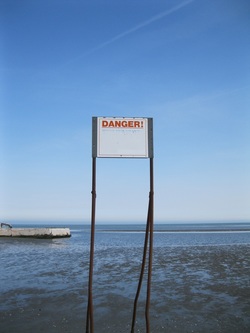 In my line of work the importance of appropriate signage is always stressed. However in these times of an increased blame and sue society companies, local authorities etc. have moved warning signage to a new level. Even for such obvious things like nuts. On Sandymount Strand there are a number of warning signs. However the passage of time has caused the information to fade. Anyone familiar with this area of Dublin will know how far the tide goes out and may also know reports of people becoming trapped by the incoming tide. Nevertheless I was surprised to see this sign being left in such a condition. Maybe Dublin City Council have increased their exposure to litigation. Then again maybe we can all just be a bit more careful and take a bit more responsibility for our own actions. 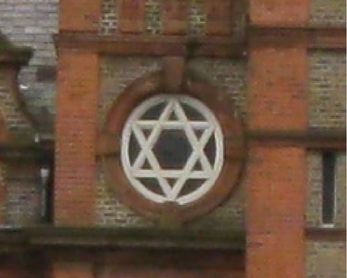 I was walking into town recently and when I passed Bewley's hotel in Ballsbridge I noticed the 6 pointed star window. I assumed that there must have been a Jewish connection and made a note to look it up. An online search showed that the building was actually The Masonic Female Orphan School of Ireland which was open from 1792 to 1970. The Bewley's website has a link to further information on Masonic history. The website has some very interesting information and nice photographs of the building. However the symbolic meaning of the star, and its association with Freemaonry puzzled me. A wider search of the web showed that the star (or hexagram), as well as being used by Abrahamic religions, also represents many things from being in a perfect meditative state in the Hindu culture to a brewers symbol in southern Germany. In Freemasonry the hexagram represents the square and compass. I was walking around Dublin on Good Friday and came across this interesting plaque on the side of a house at Harold's Cross. We have all seen plaques on houses for famous figures however it was the first time I had seen one to mark that a fictitious person lived in a particular dwelling. Leopold Bloom is the protagonist from James Joyce's Ulysses. Unsurprisingly there are many activities that Joyce enthusiasts can partake in around Dublin. I particularly like how the plaque describes Bloom as a wanderer. I have read Dubliners and have often given a copy as a birthday gift to friends. I never read Ulysses but felt compelled to buy a copy about five years ago when my Czech friend told me she was reading a copy in her native language. The lady who served me that day remarked as I was receiving my change "It'll look good on the bookshelf". It's still there unopened. A friend of mine (and my former employer) ingrained in me the importance of proof reading. His own fantastic blog readingthesigns often remarks on the presence (or absence) of apostrophes. I must admit that the rules and exceptions for when that single stroke is applied often puzzles me. On my recent trip to Killarney I noticed one business that must have been equally confused but seemed to adopt a safe approach.
Or maybe I still don't get it. I was in Killarney for a stag party last weekend and on Sunday I strolled around the town to clear my head and take in the sights. I always liked seeing the different post boxes with British regalia which are fairly common around Ireland. What I never took notice of was the makers name. I noticed a number of different boxes in Killarney made by WT Allen & Co. A later google search suggested that the company still operates in London. I thought it was strange that a non-Irish company produced these post boxes in Ireland. Another web search indicated that they actually had a long term contract for the supply.
Interesting |
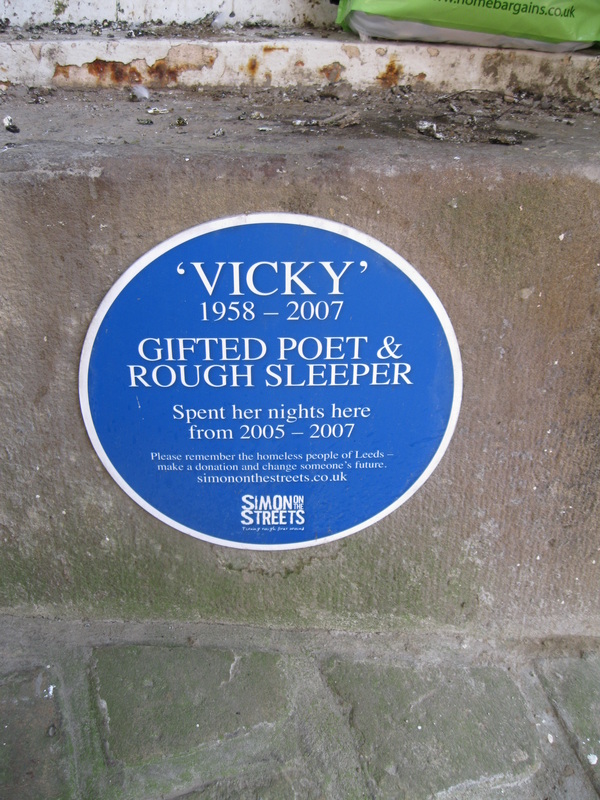


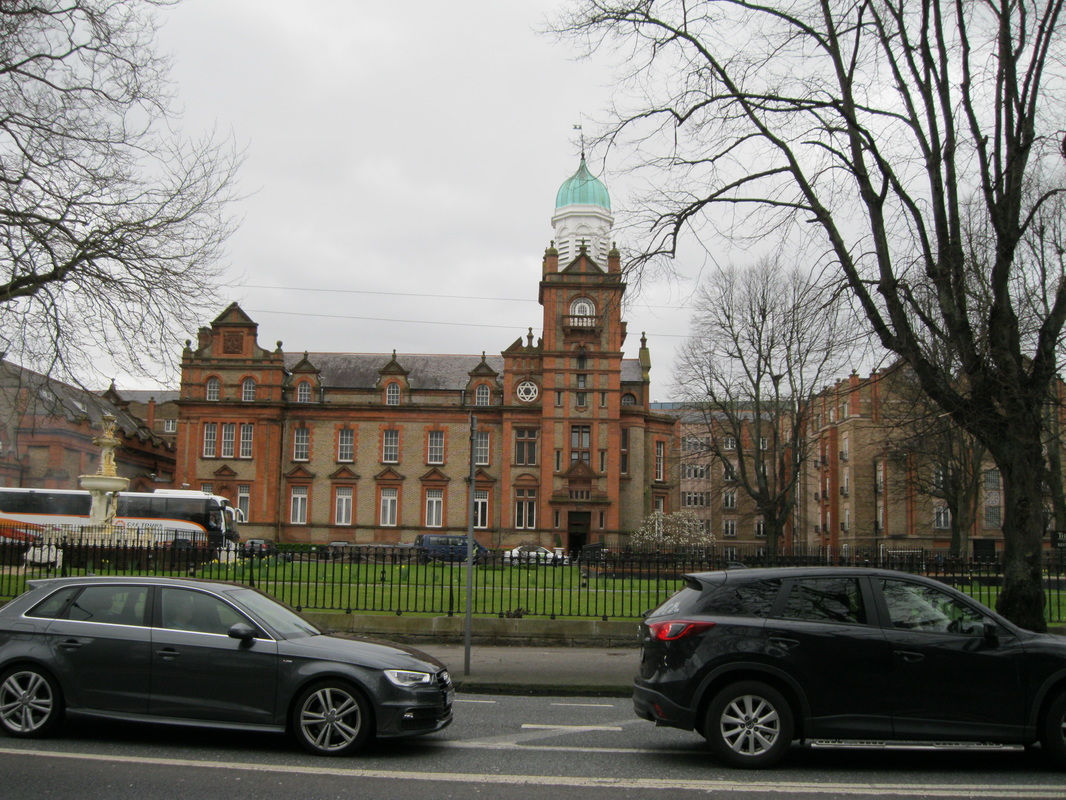
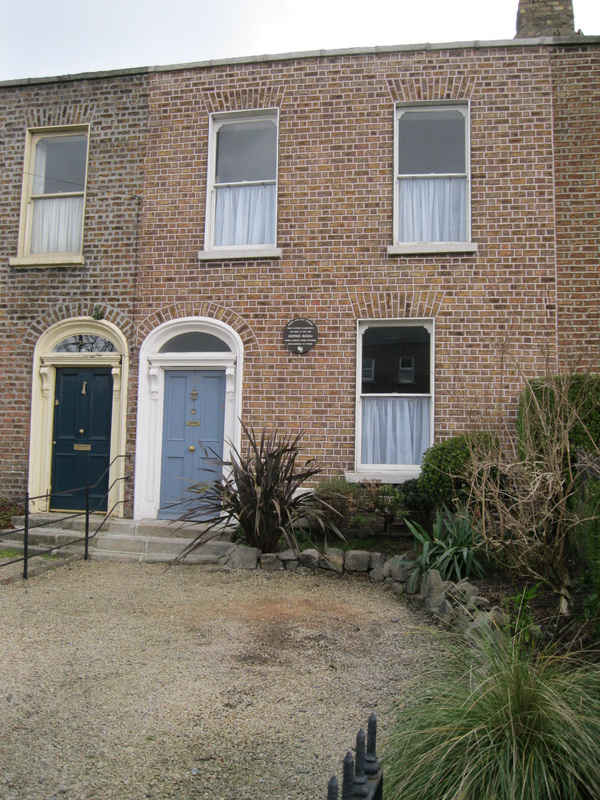
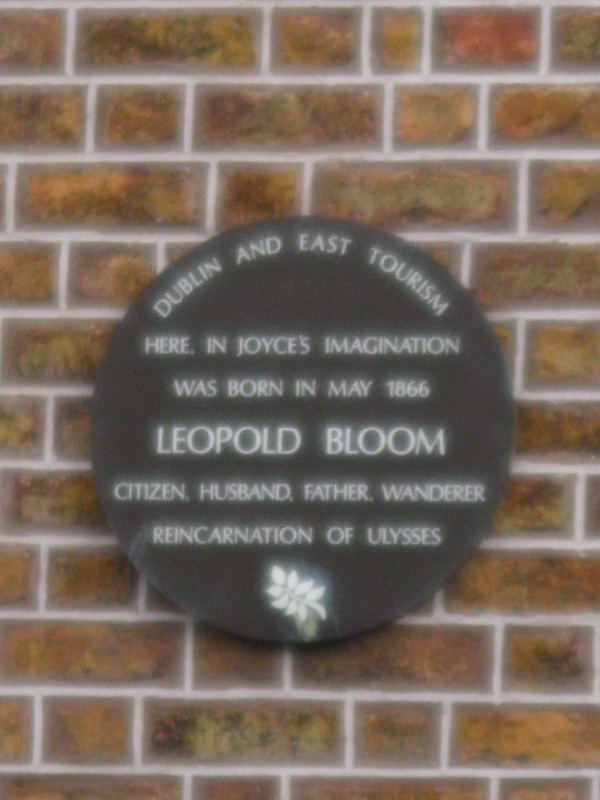
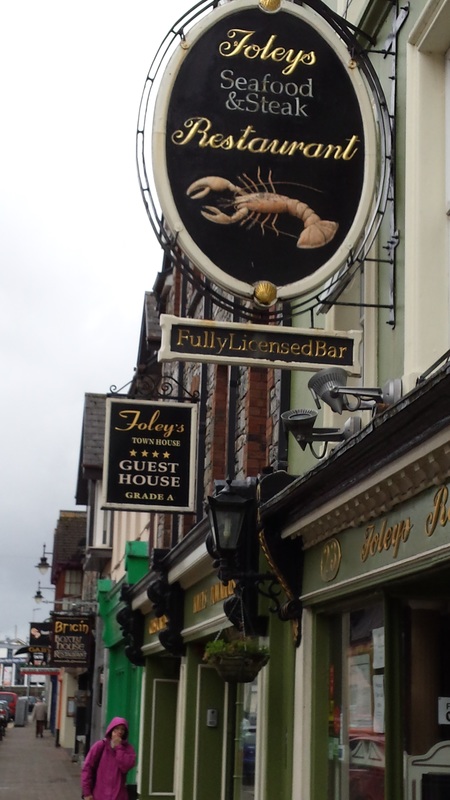
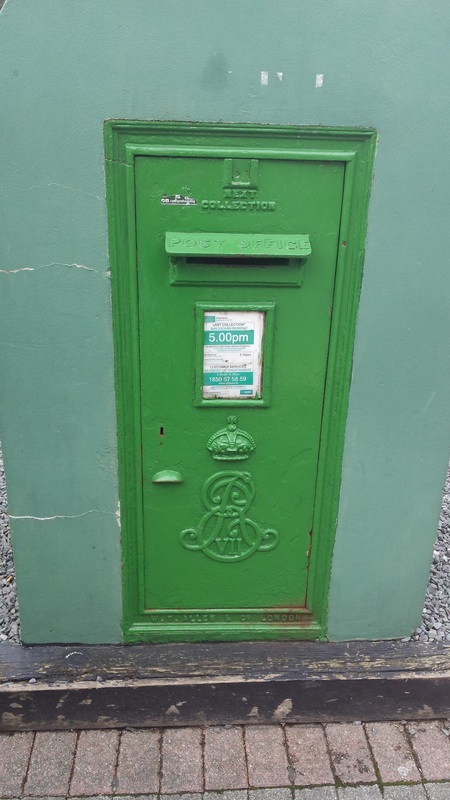
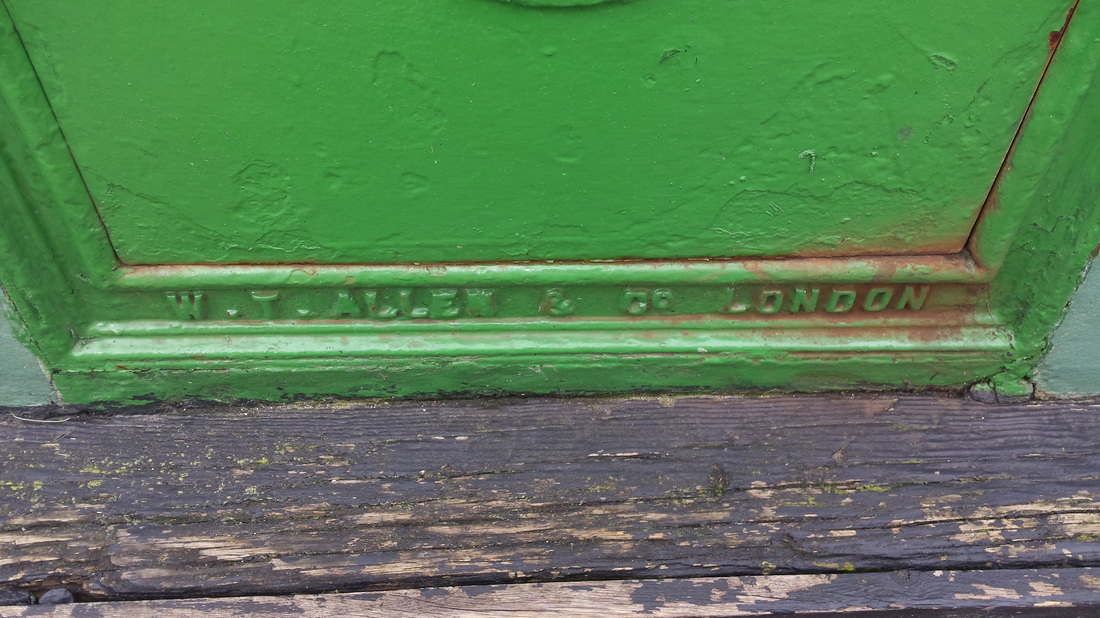
 RSS Feed
RSS Feed
